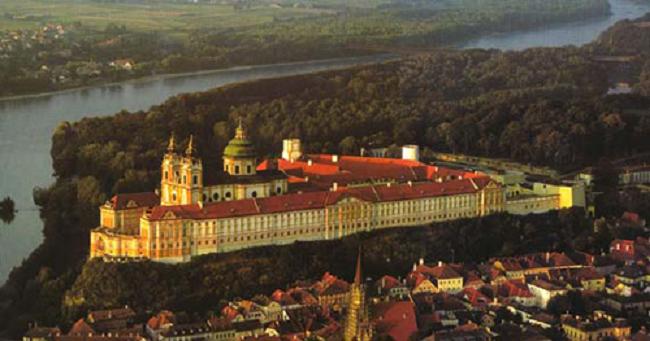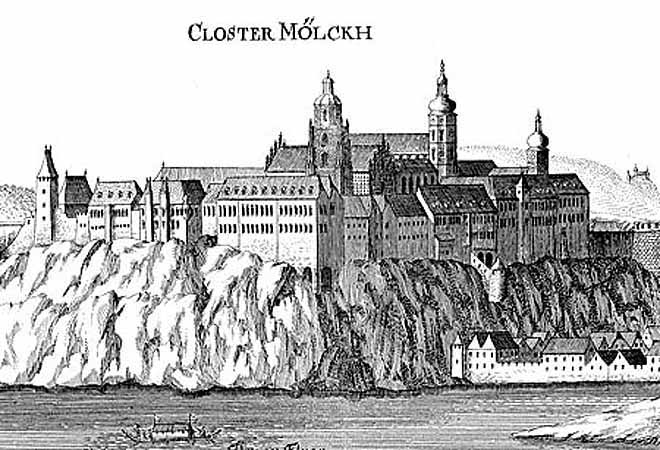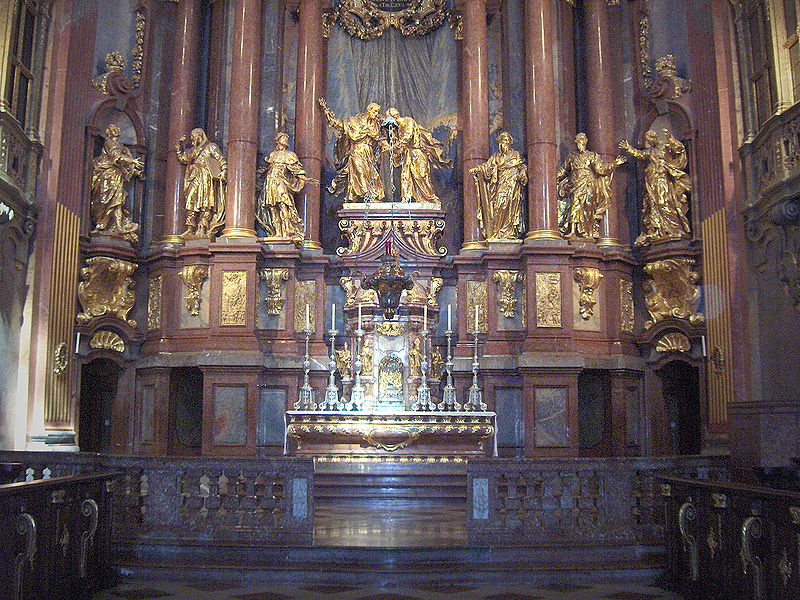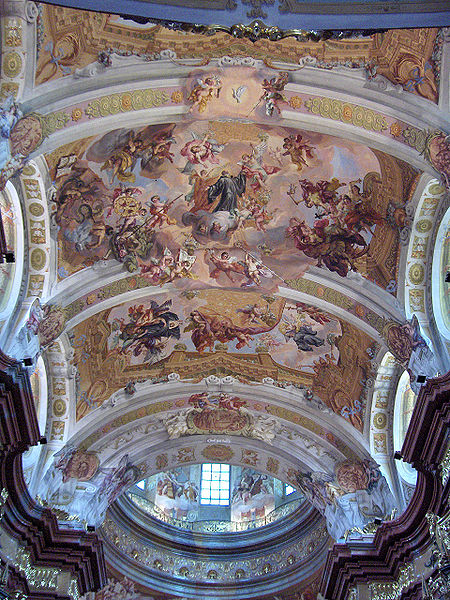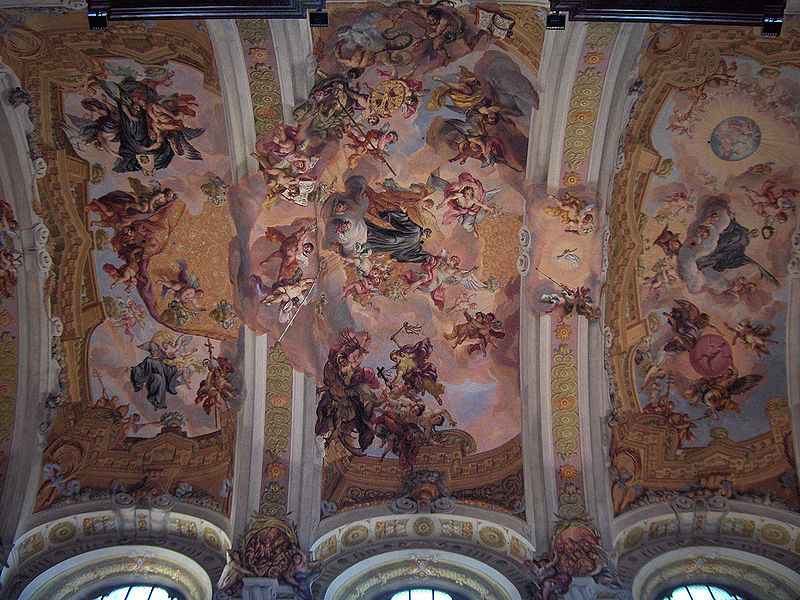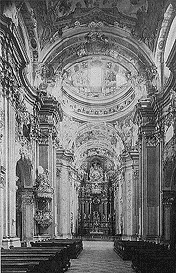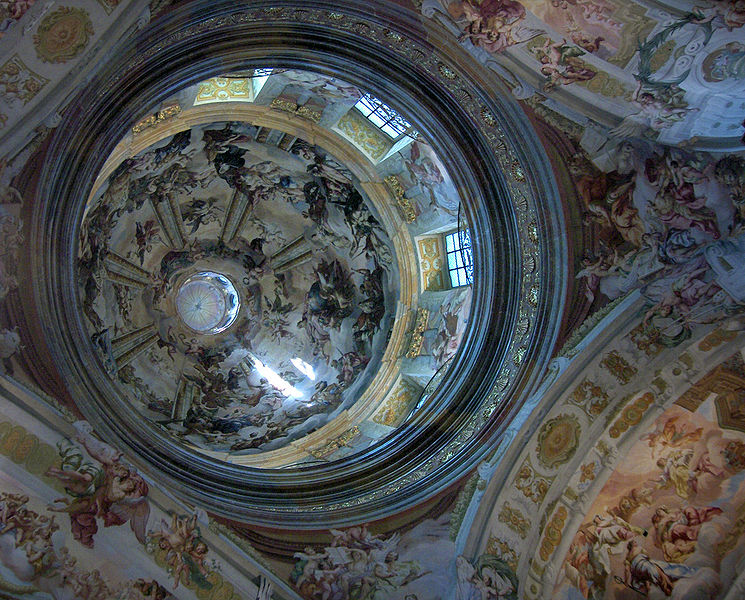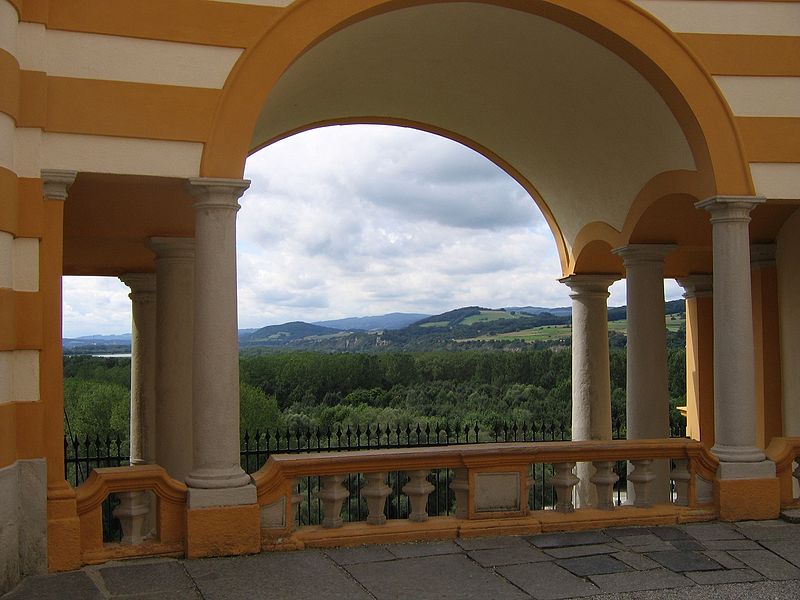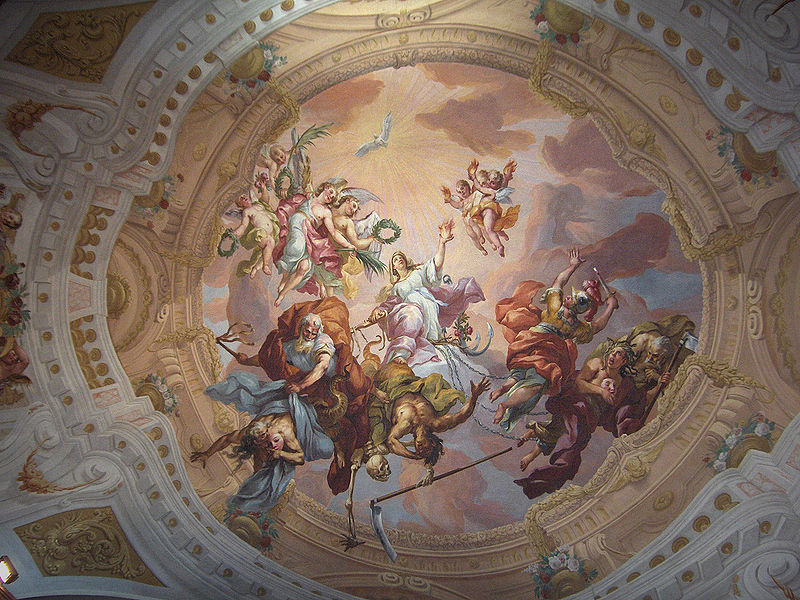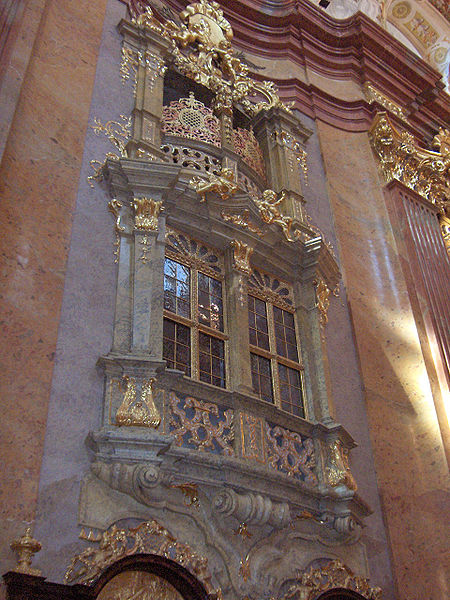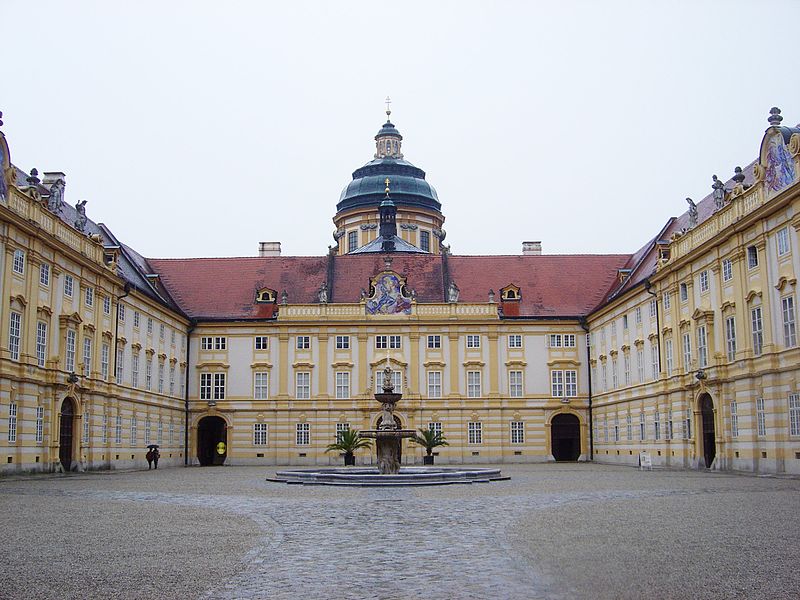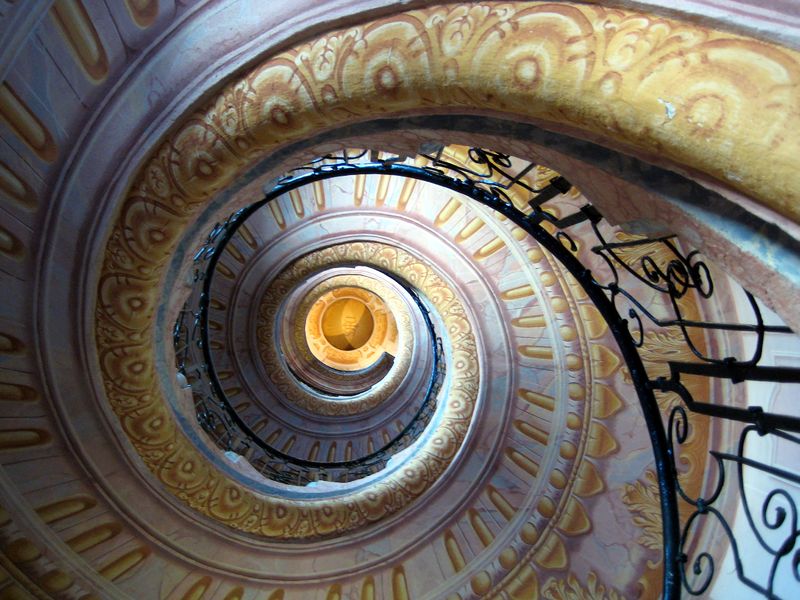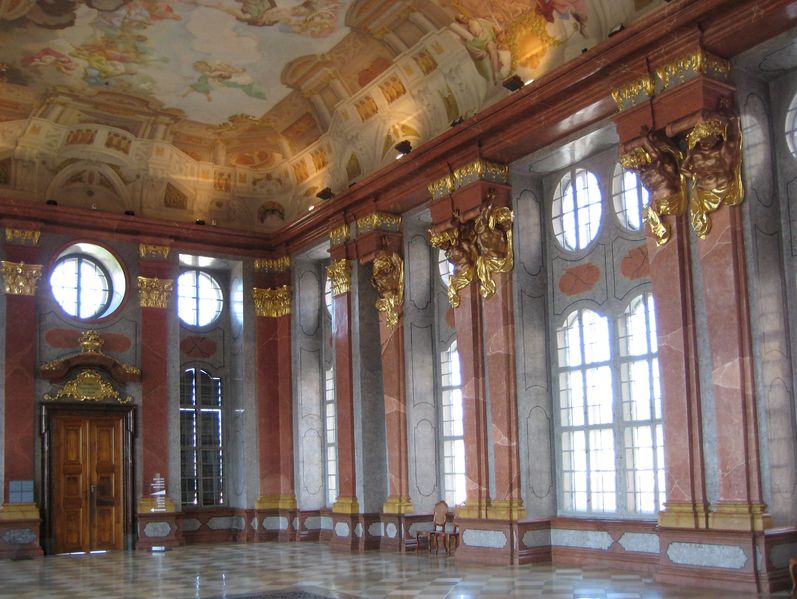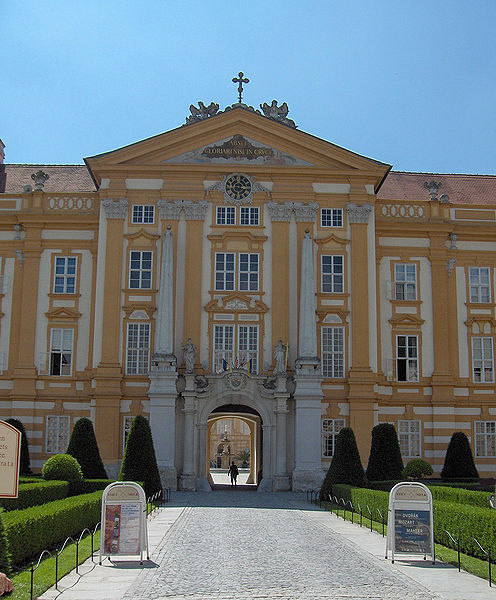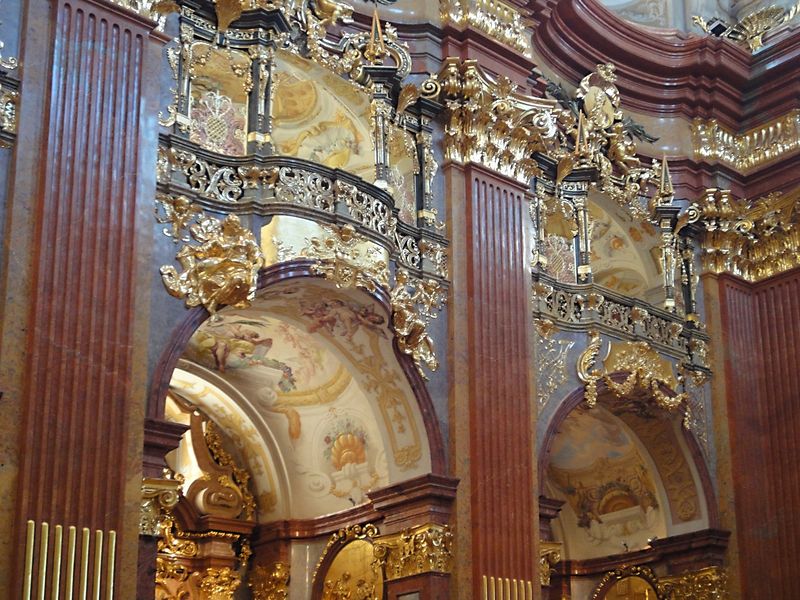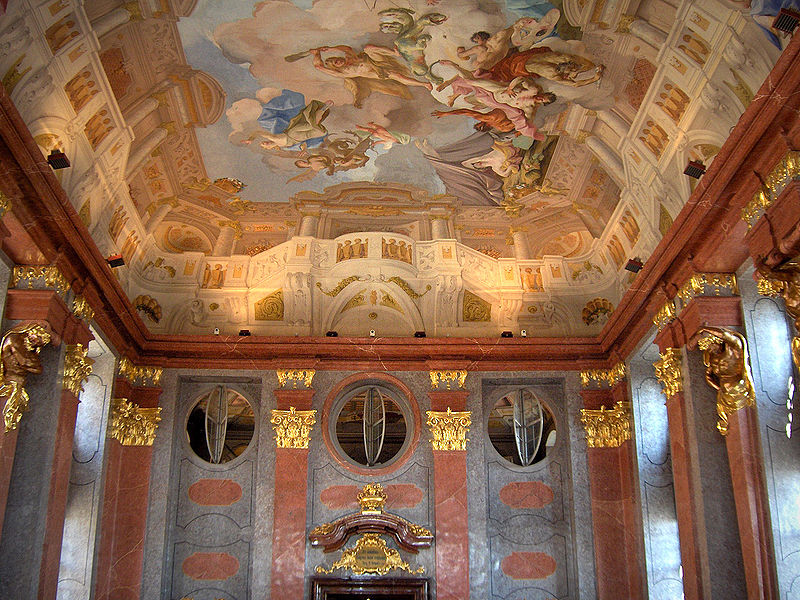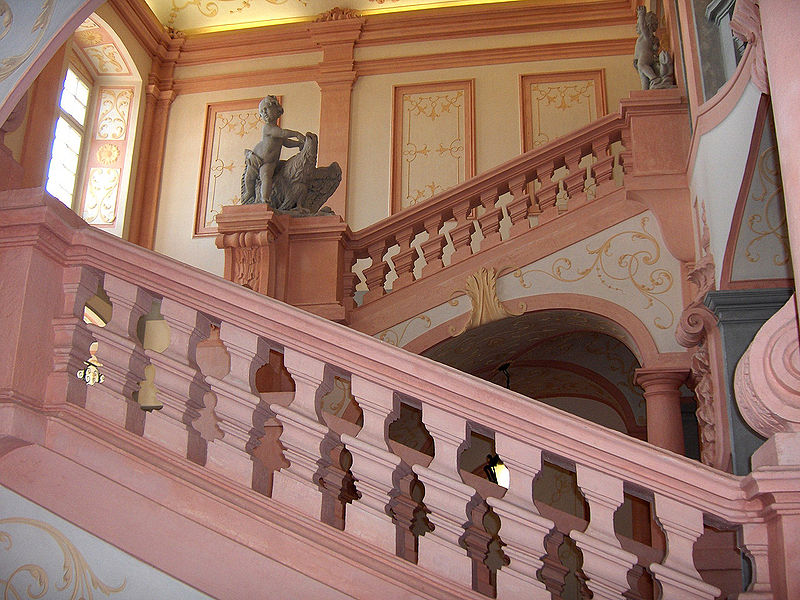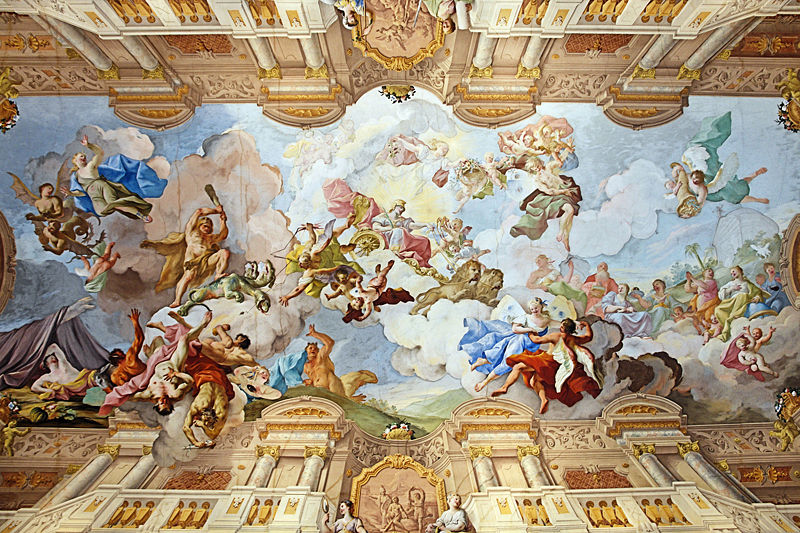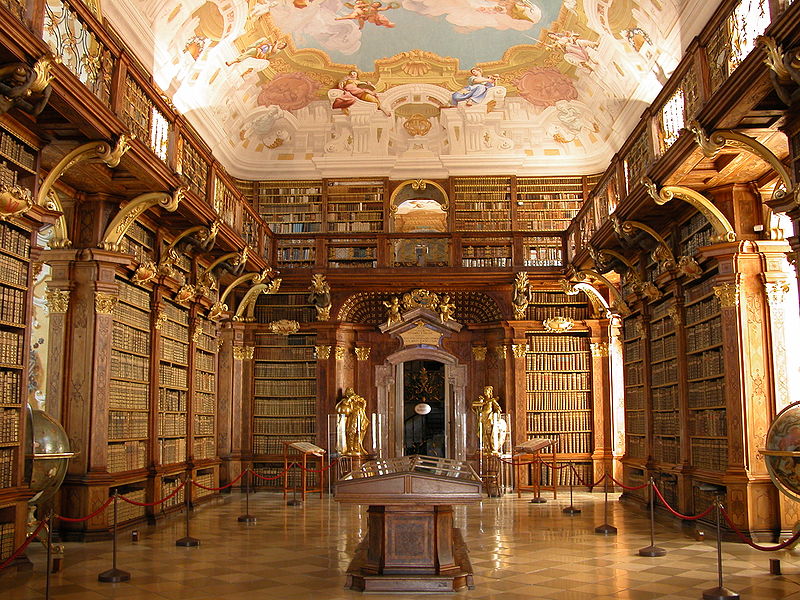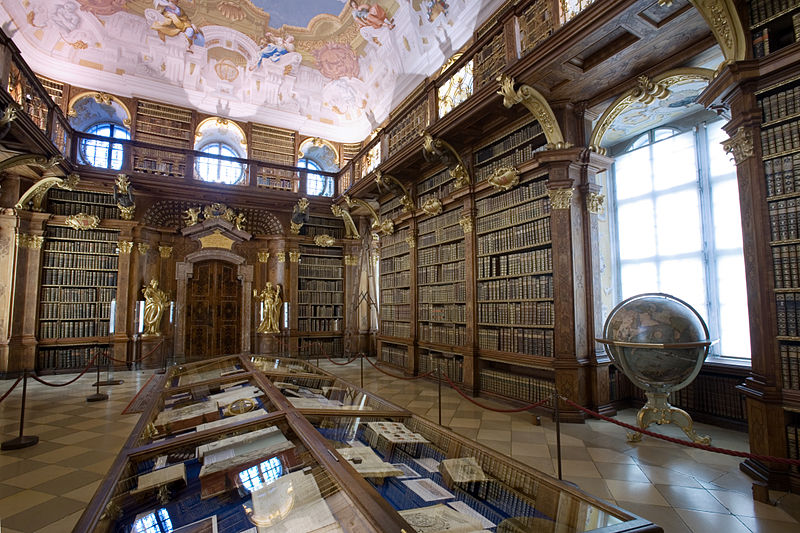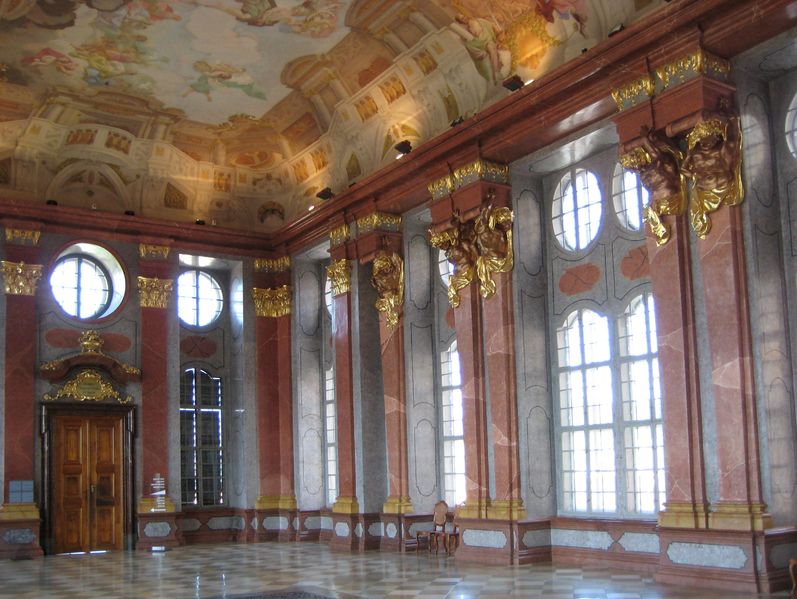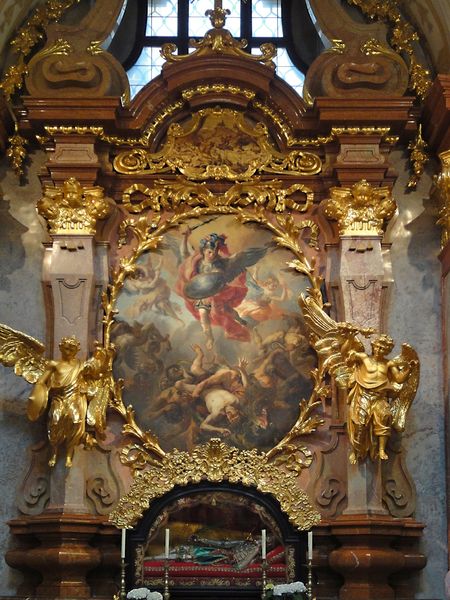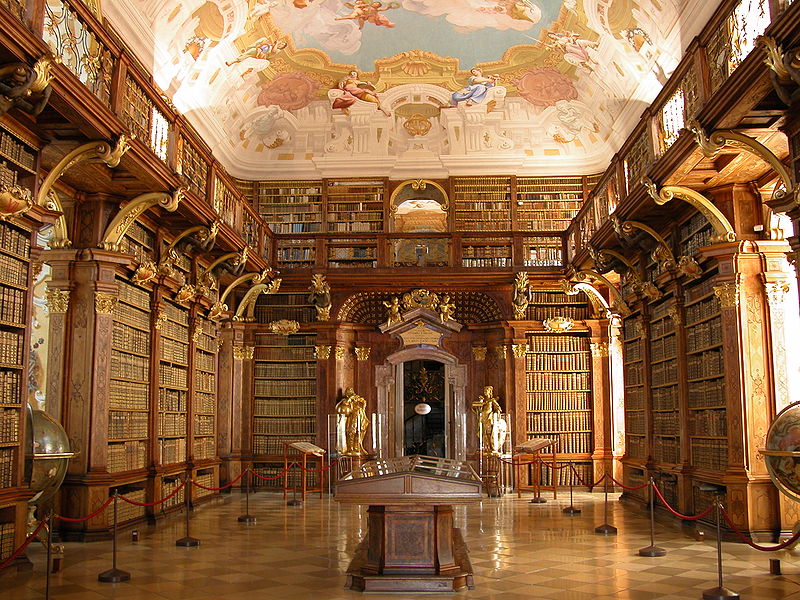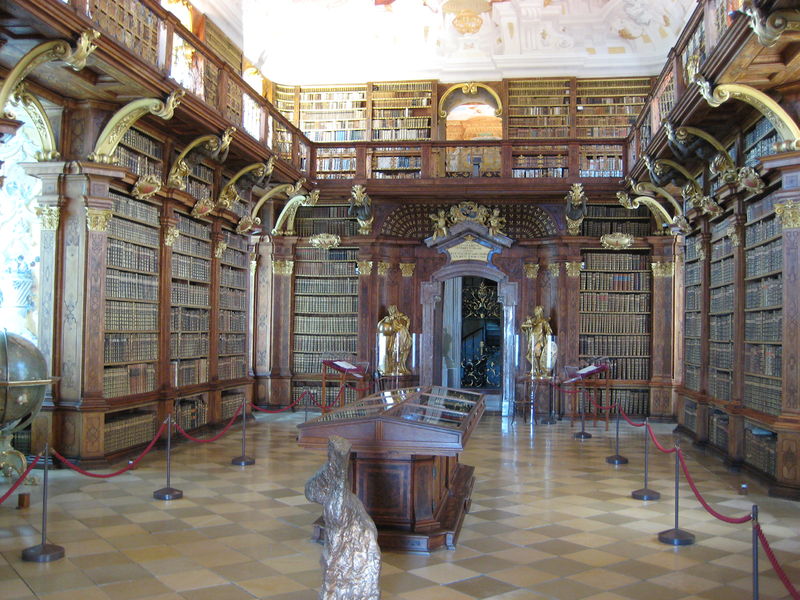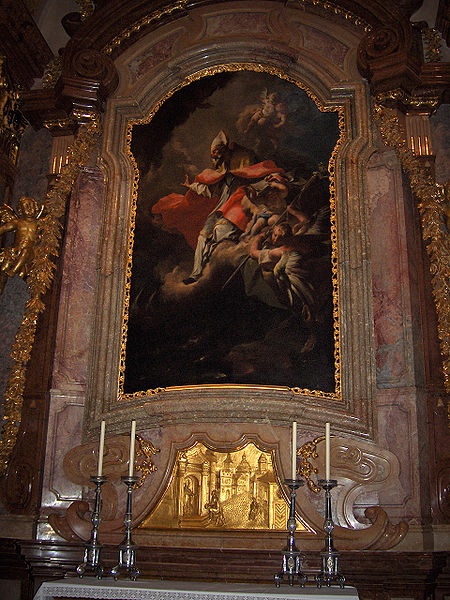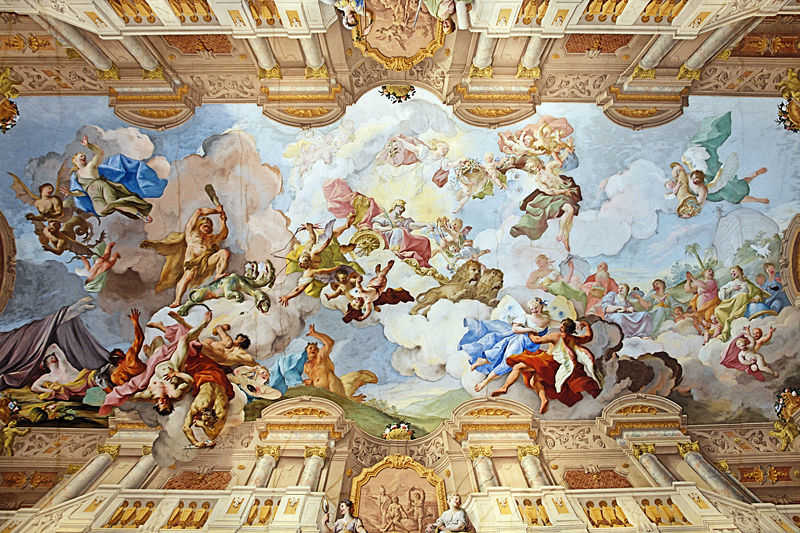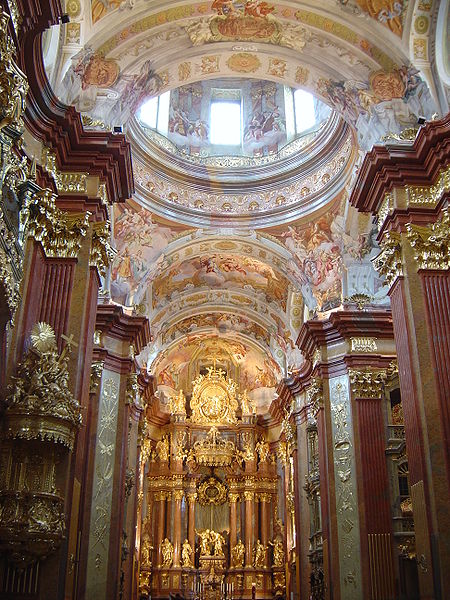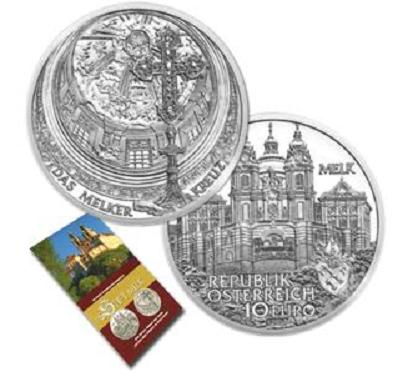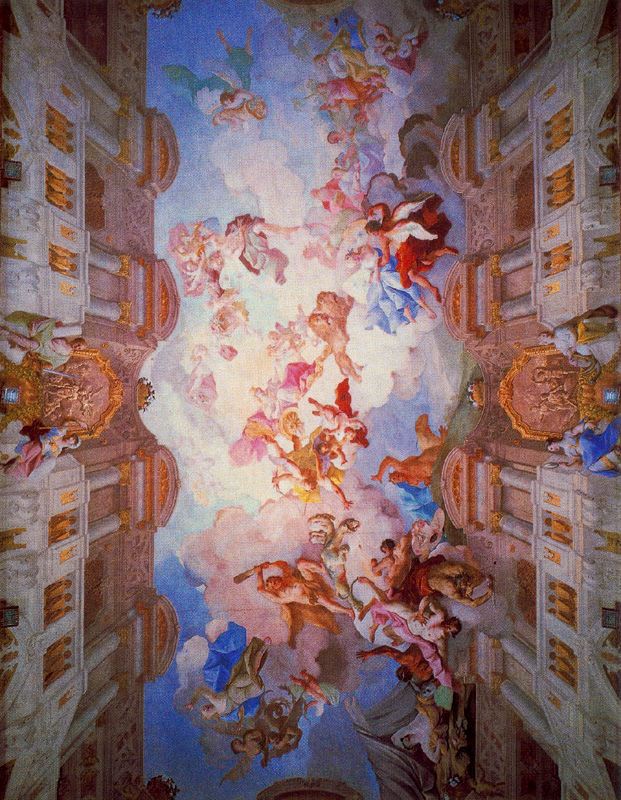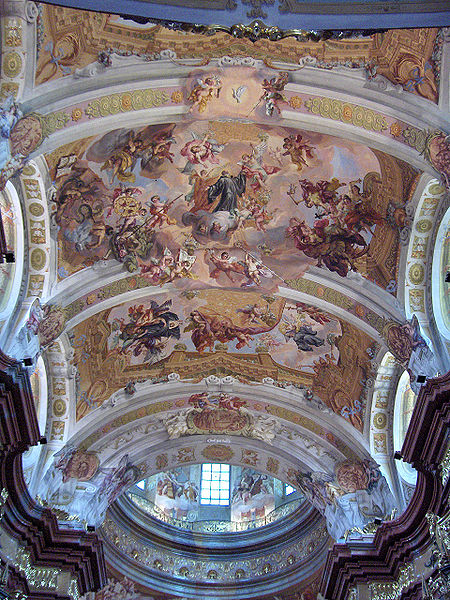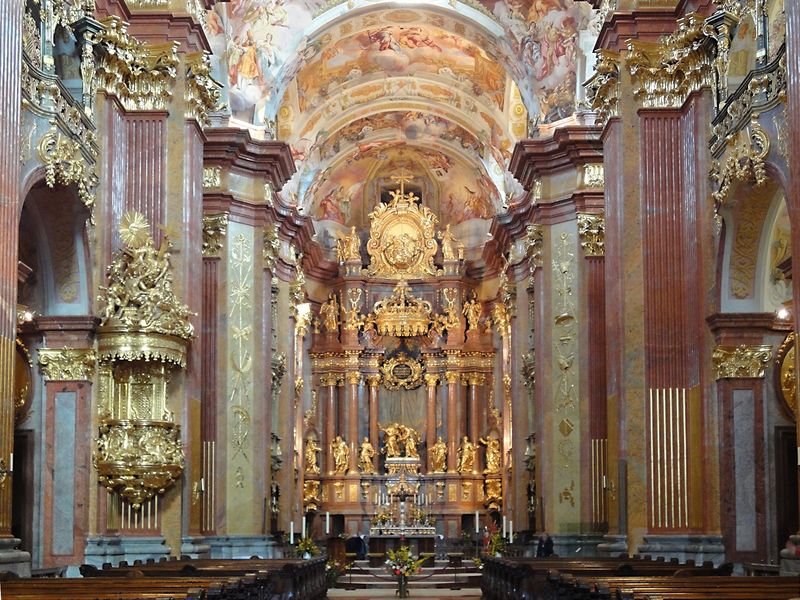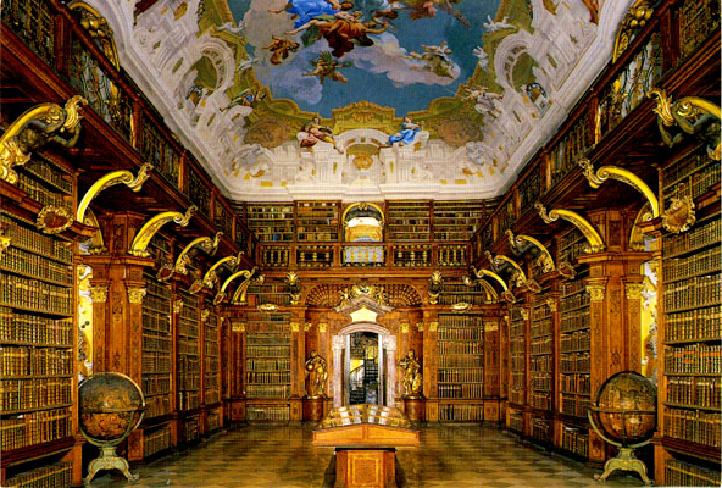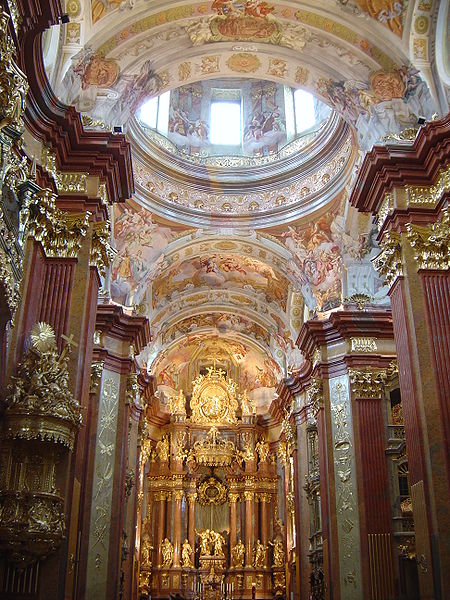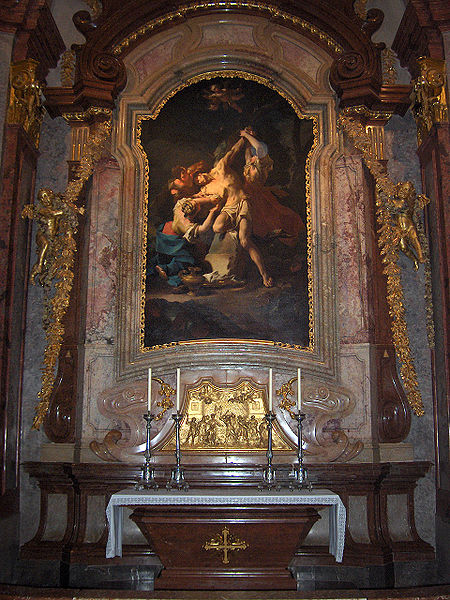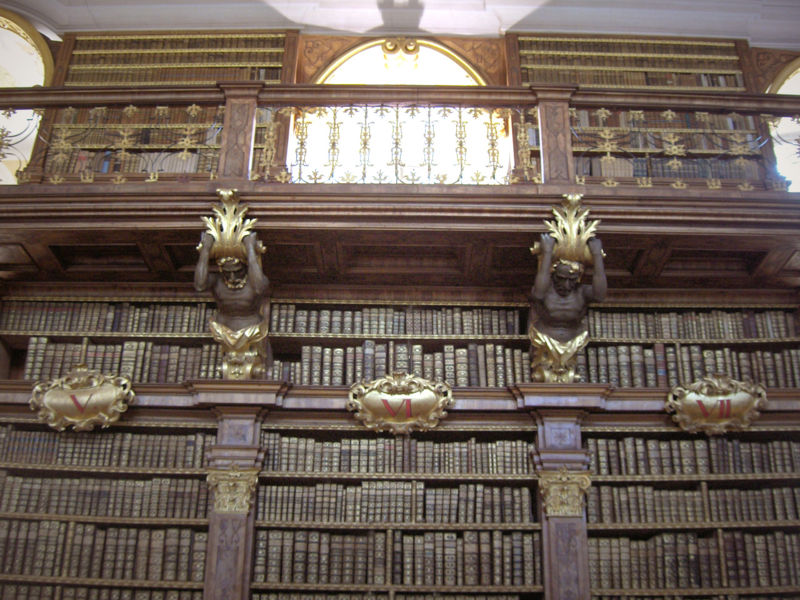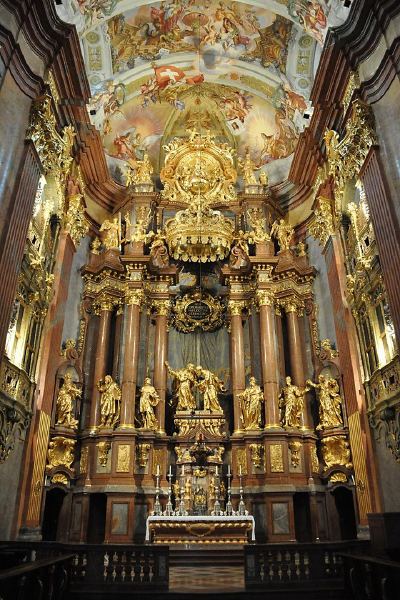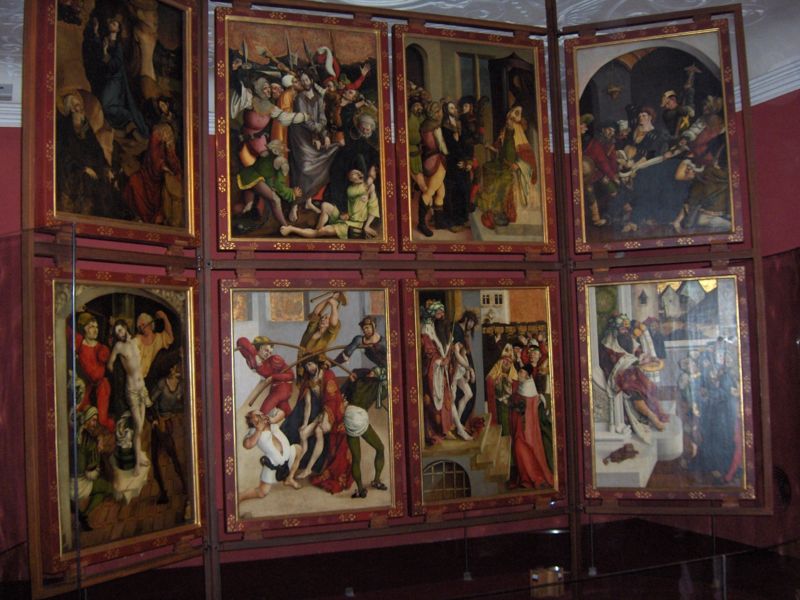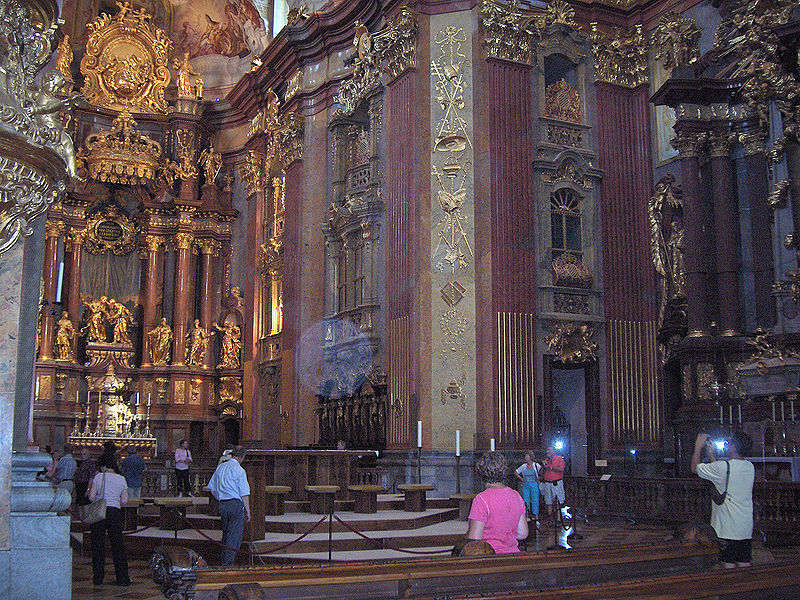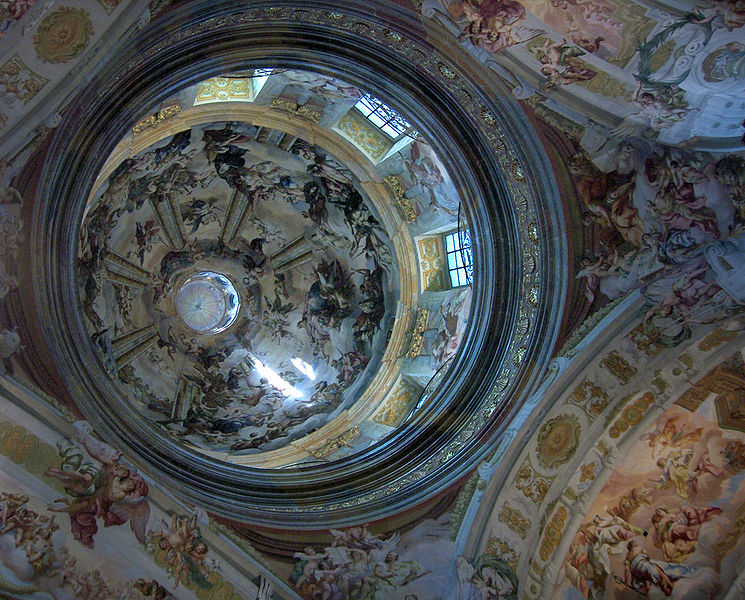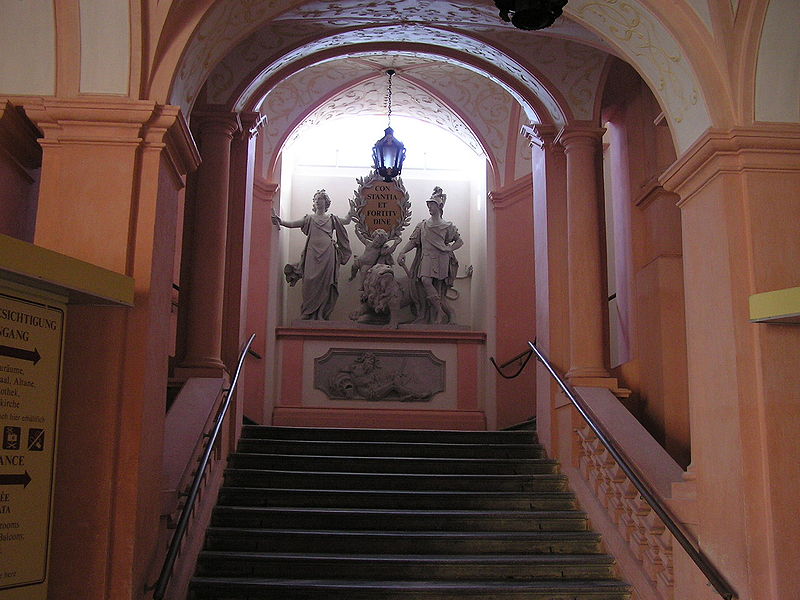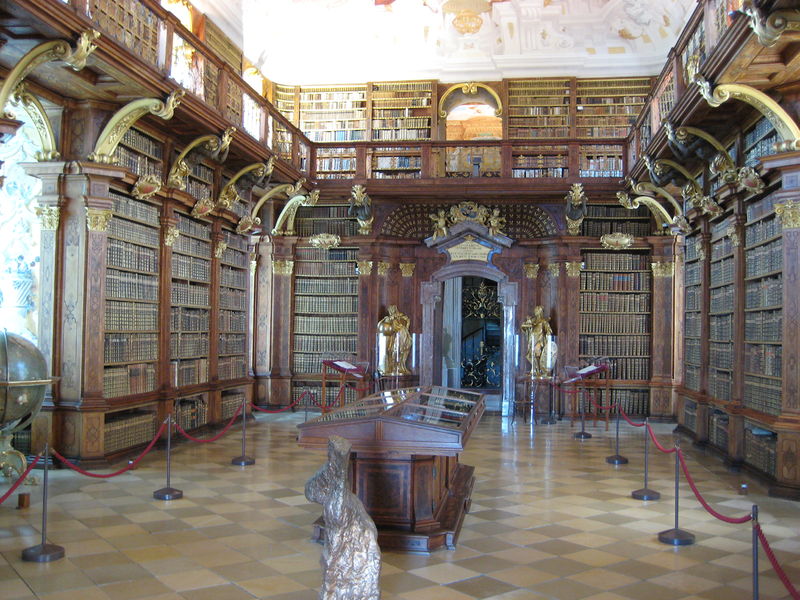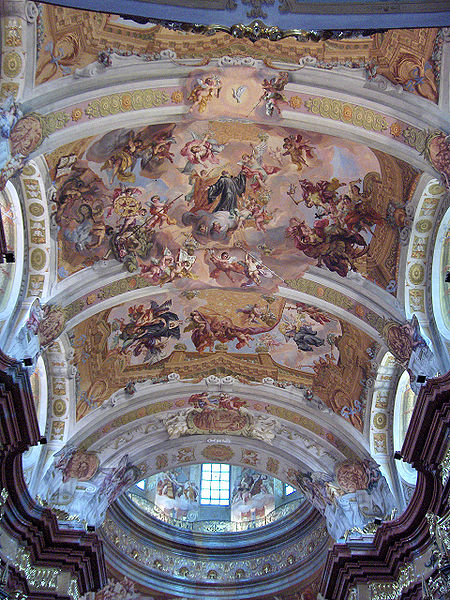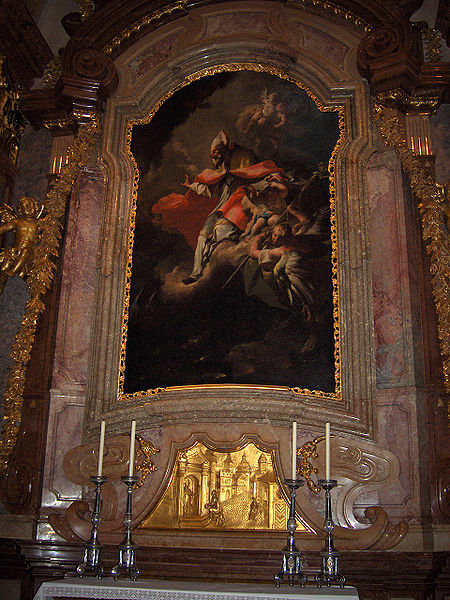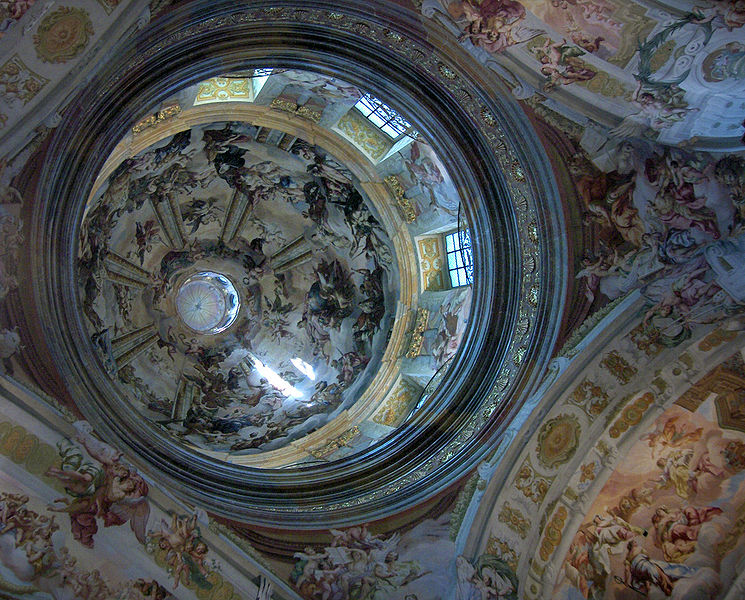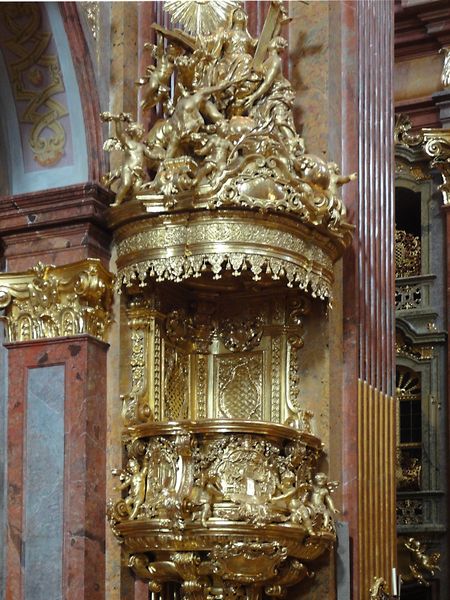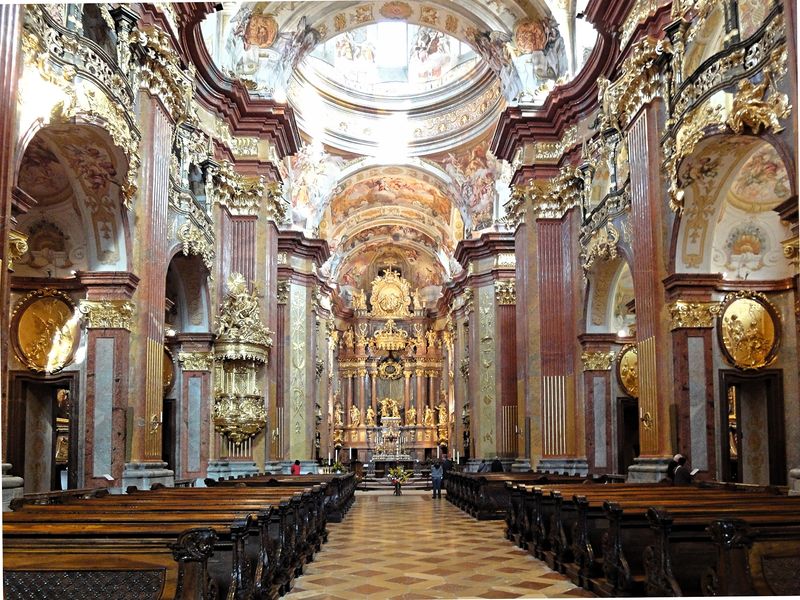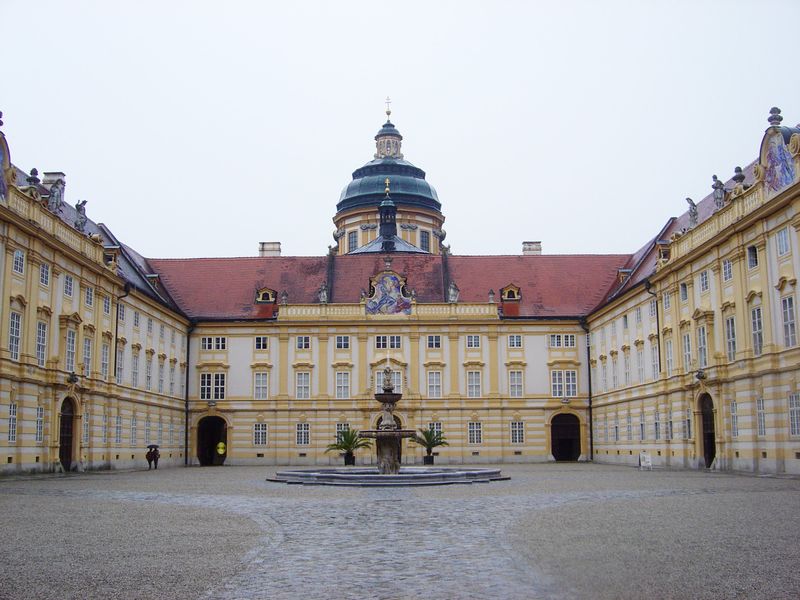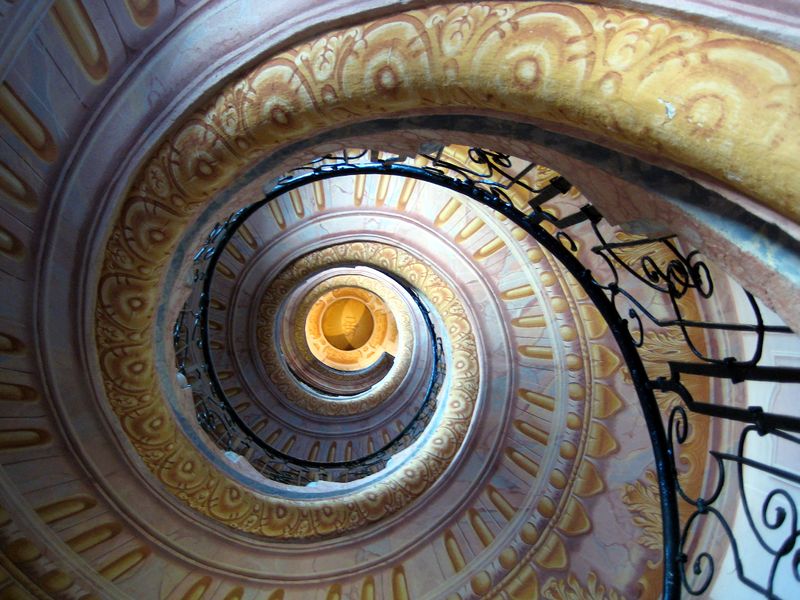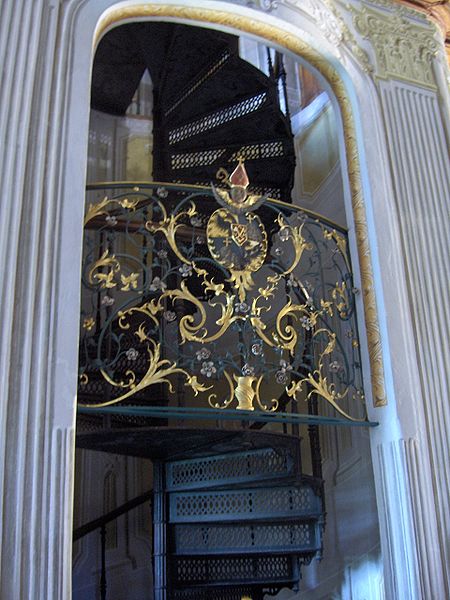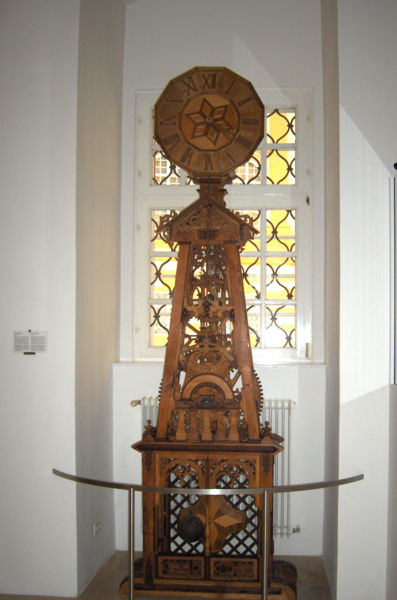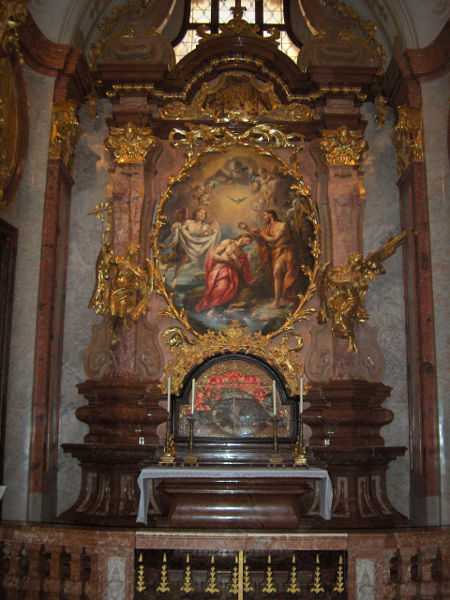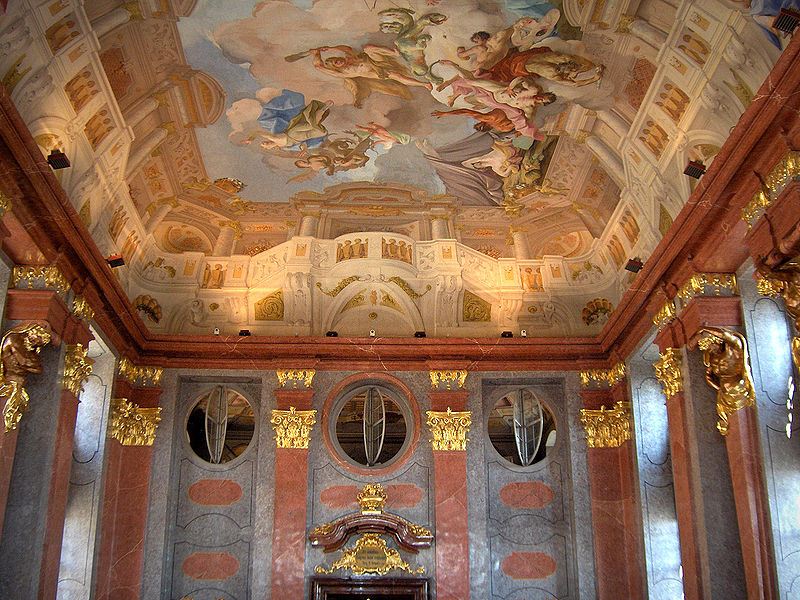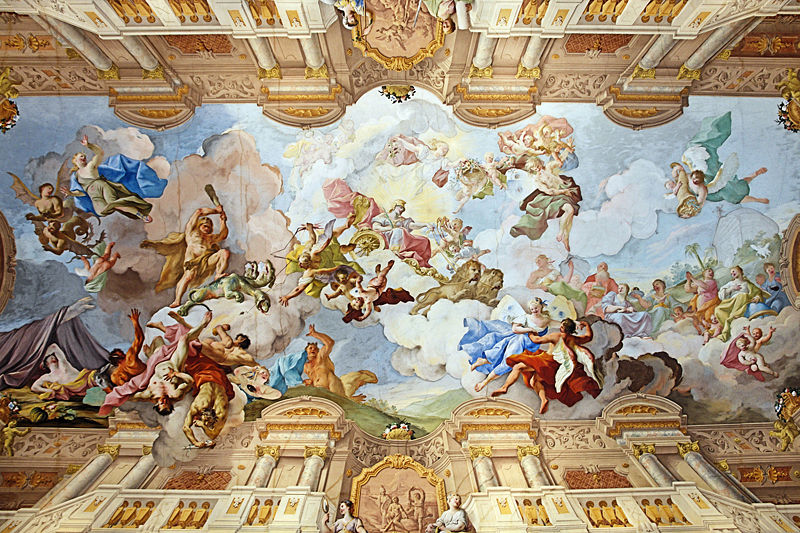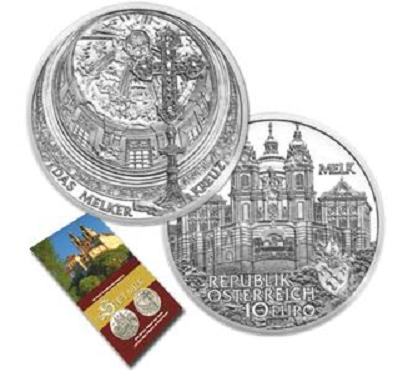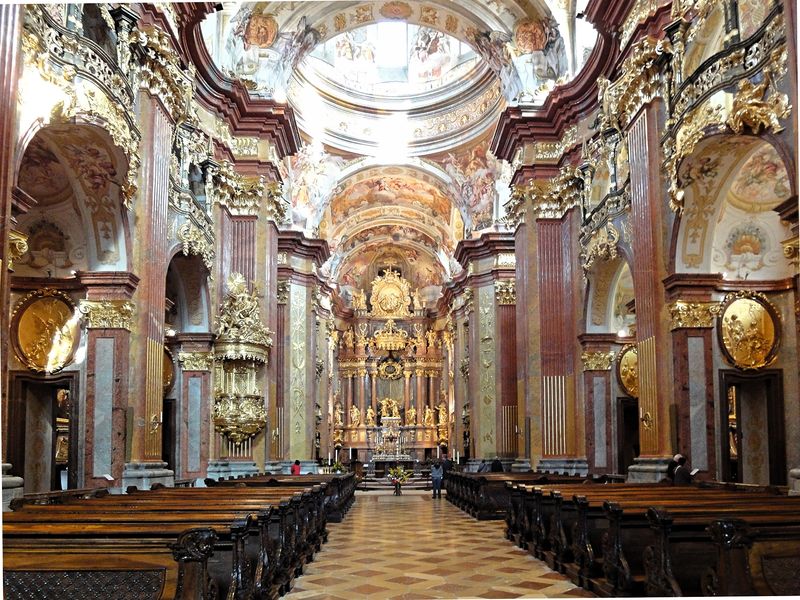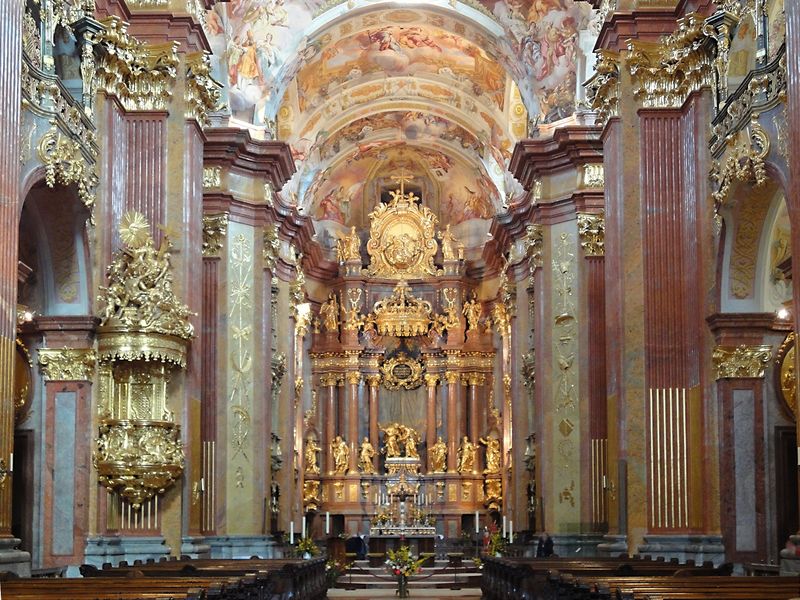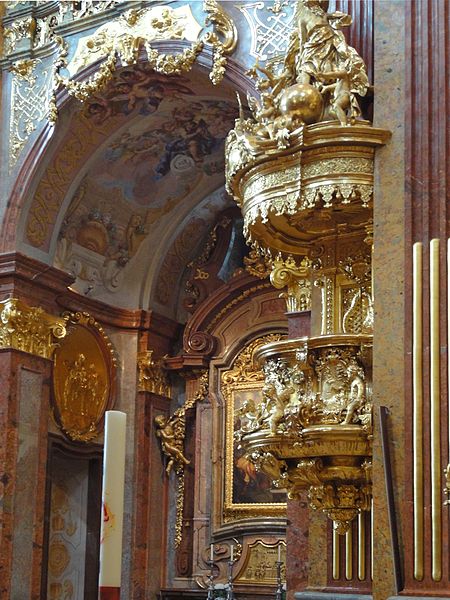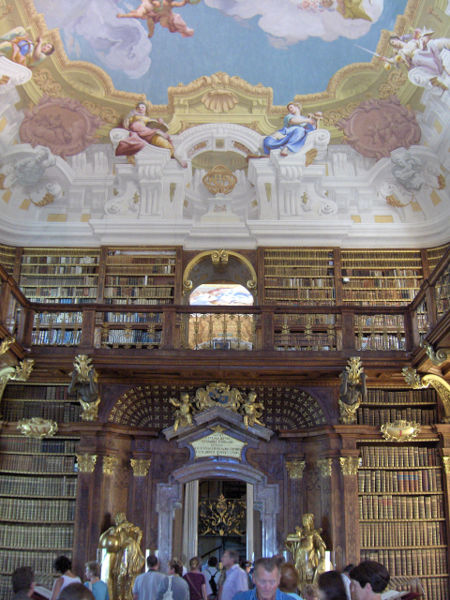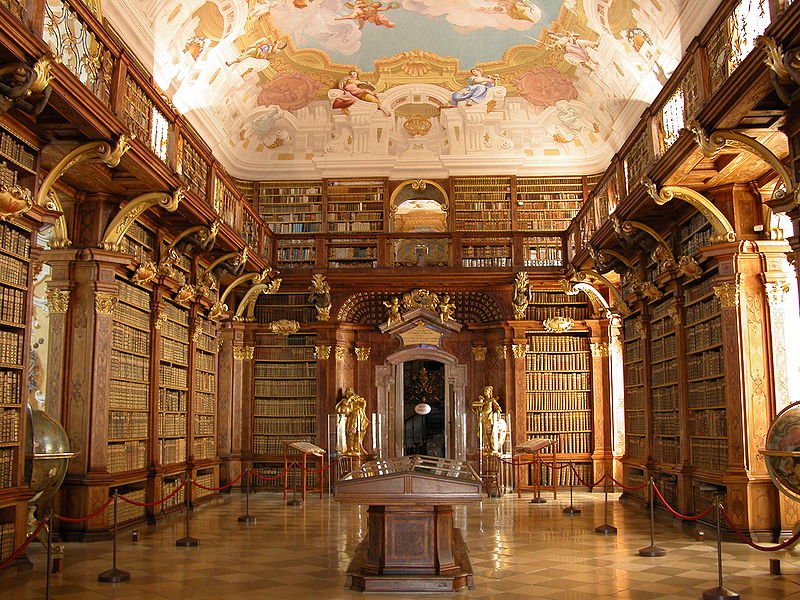Inprimatu


Stift Melk / Abadia benedictina de Melk
Melk Benedictine Abbey- 1702 - 1738
- PRANDTAUER, Jakob
- CARLONE, Carlo Antonio
-
CARLONE, Carlo Antonio
Rehabilitación
1702 - 1708
Dietmayr encargó en un principio al arquitecto italiano Carlo Antonio Carlone (1635-1708) que proyectara y supervisara las obras, que dieron comienzo en 1702. Los planes iniciales eran, al parecer modestos, pero en 1705 Dietmayr cambió de idea y decidió que no se conformaría con menos de una reconstrucción completa. - Melk
- Austria
CAMPBELL, James W.P., The Library: A world History. 2013
p.174-183. “… One can therefore speak of the triumph of the wall system in Baroque and Rococo library design, to which is added a wide variety of furniture with delicate decoration, exuberant interiors... combining the different arts; painting, sculpture, stucco…The intellectual controversies of the moment are reflected in them… Church and State come together in a broad propaganda program. Numerous examples illustrate these ideas:The Theological Hall of Strahov Abbey in Prague (Czech Republic.).1671-1679, J.B Fischer von Erlach La Hofbibliothek de Viena.1722-1735, J.M.Fischer. Wiblingen Abbey Library. Germany.1744… Being one of the most spectacular the Melk Abbey Library.1702-1738 of Jacob Prandtauer ...
...Like Ibero-American Baroque, the 18th-century Rococo style had a regional character, flourishing primarily in the monasteries of southern Germany and Austria during the early to mid-18th century.The reasons that led to the creation of these exuberant interiors in religious institutions were highly complex. Melk Abbey provides us with an excellent example in this regard. This enormous palace-like building sits on a promontory overlooking a bend in the Danube. The monastery church occupies the most prominent position; overlooking the river and flanked by the Festsaal (ceremonial hall) and the library. The Feestaal was a large assembly hall that was used to receive dignitaries, making it one of the most important rooms in the abbey after the church. The location of the library in a space equivalent to that of the Feestsaal denoted the high status of the premises. The dimensions of the monasteries of the period, which from today's perspective seem enormous, can only be understood in the context in which they were built, since they were never conceived as isolated buildings, but rather, as nuclei of extensive properties, they functioned as palaces. for secondary members of the royal family...."


